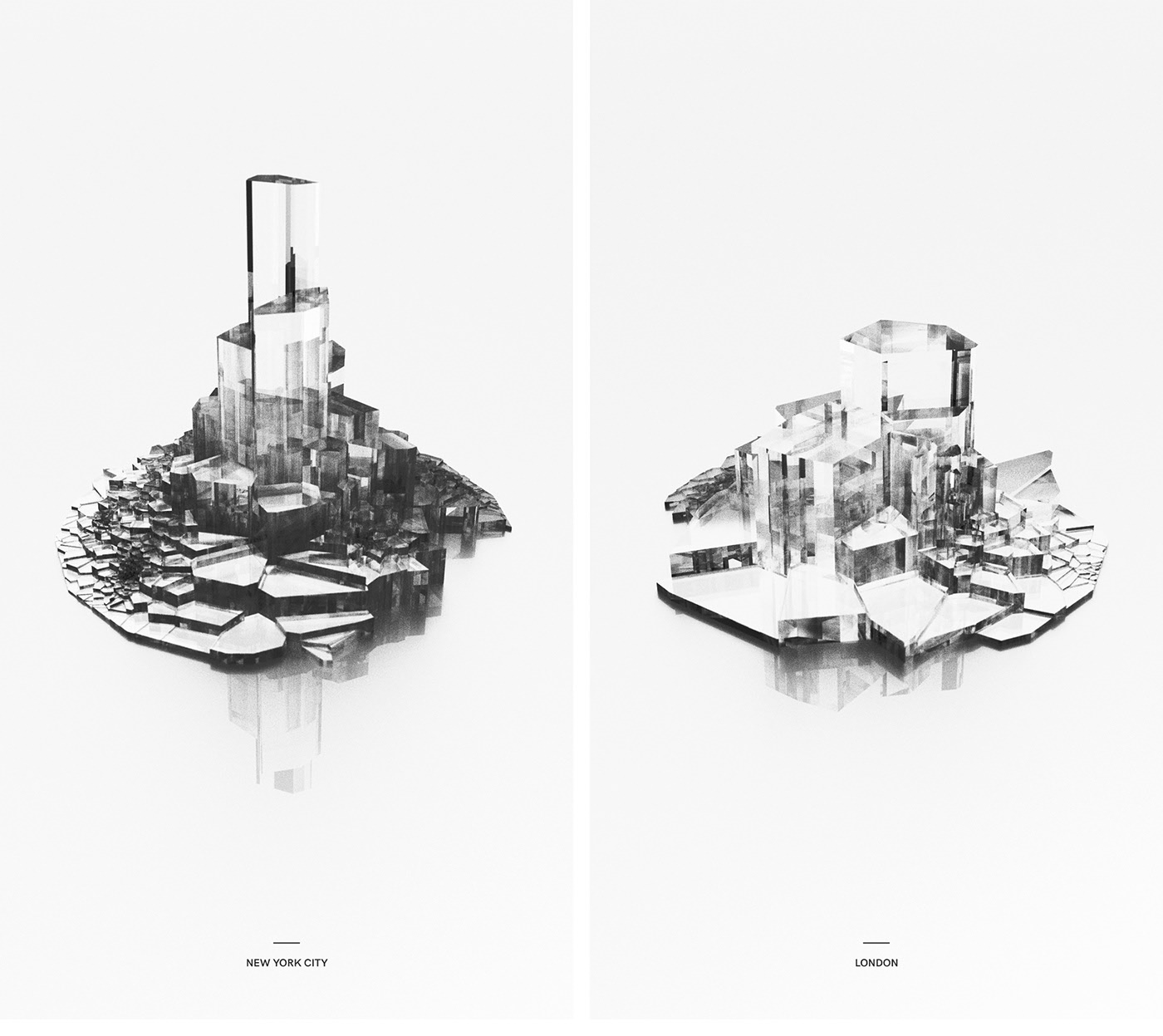Creativity is allowing yourself to make mistakes. Art is knowing which ones to keep." - Scott Adams
This last week I finished the book, “Your Joking Mr. Feynman” and I have to say that Feynman would have loved to work in the Generative Arts. (And by the way, this is a great listen (free w/ Audible subscription.) . A greatly influential scientist of the 20th century but not your lab rat; but one who would have done almost anything to experience. This overly curious individual would have been so fascinating to be around and to just observe.
Later in the book, he talks about his interest to draw the beauties of science and math to make it more accessible for individuals to understand the beauty of mathematics and nature. So it reminded me of the many particle systems that we have all created and how they show the ordered chaos systems that we see in nature.
So for this week, there are a few posts that have been inspired by the read and I would highly recommend it if you haven’t read it or are looking for something new to read.
Peace!
Chris Ried
Inspirations
📸 Generative Music
{{youtube cwxH5Xc4pQo}}
Introduction to Generative Music
Eno further describes systems which create “ever-changing music,” that could “produce original music forever,” lamenting the limitations which forced him to simply record the output of these systems as traditional albums rather than “sell the system itself, so that a listener would know that the music was always unique.”
{{youtube JzGpUal_hY4}}
Found this interesting video on a recent
🏛️ Exhibits / Installations

I Can See Music
Different parameters of a song like frequency curves, sound levels, dynamics etc. are extracted, mapped and drawn on paper.
I’ve always found alternative representations of certain mediums to be fascinating to look at and observe; really it is data visualization without the functional utility of being able to provide actionable insights. Although, that isn’t true either, it can be rewrading to be able to find musical motifs that run through a piece of music especially when observing classical music.
🚤 Motion
Featured Artist
In this section I am going to celebrate the many talented artists across the internet. I have been watching what Matt has done for years and his work has been inspirational and just exciting to watch. As of right now; I am simply adding their profiles here as a way to celebrate the work that has been done by some of the wonderful artists out there. Eventually I hope to be abloe to provide some more insight into their experiences through interviews. (Really I hope to do a video series on the works they have created and talk through some of their artist philosophies).
Let me know if there is anyone that you would be interested in getting a closer look at their work.
Matt DesLauriers

Check out his github page to observe the tools that he has been working with

I believe the following is my favorite work from Matt. There is something complex in the way the light shines from the sources within the images. Then the distribution of the lighting splatter as it decays over a point in time. It has a beautiful dystopian lighting feel making it really complex.
Where to find Matt:
🔖 Articles and Tutorials
{{ youtube zrmFLvwyZwY }}
This is a fun and interesting tutorial on creating fractal minerals; his renderings are absolutely insane and since Houdini can be used for free; it is a skill that might be worth attaining since there are so many fun and interesting simulations that can be done with it.

[Transport Oriented Growth and Procedural Trees](https://weigert.vsos.ethz.ch/2020/10/19/transport-oriented-growth-and-procedural-trees/](https://weigert.vsos.ethz.ch/2020/10/19/transport-oriented-growth-and-procedural-trees/)
A tree grows by passing nutrients up its branch structure through its outer bark layer. As it does so, each branch segment grows in girth. Nutrients arriving at the end of a non-split branch lead to growth in length, while a split branch passes the nutrients to its child branches proportionally to some ratio.

Introduction to Node Based Programming
Node-based programming, also known as “Flow-based programming”, is a way to create computer programs by using predefined functions represented visually as blocks. There are many examples of such programming models:

Neuro-Symbolic Approach to Generative Art
Generative art refers to the creation of artworks using autonomous processes with no direct human control. There are two general classes of generative art: “neural,” where a deep neural network is trained to generate samples from a data distribution; and “symbolic” or “algorithmic,” where a human artist designs the primary parameters and an autonomous system then works within these constraints to generate samples.
Courses
Programming Natural Simulations
One of the “secrets” of generative art is the ability to repeat the randomness of nature in the algorithms. It is what gives the swerving look ior growth fascinating
Books
The Book of Shaders
This book is written for creative coders, game developers and engineers who have coding experience, a basic knowledge of linear algebra and trigonometry, and who want to take their work to an exciting new level of graphical quality. (If you want to learn how to code, I highly recommend you start with Processing and come back later when you are comfortable with it.)
A great introduction into the world of shaders and generally a bit more complex than a simple processing recommendations that I’ve given in the past couple weeks. However it’s important to continue to try new things as shaders can do some amazing things.